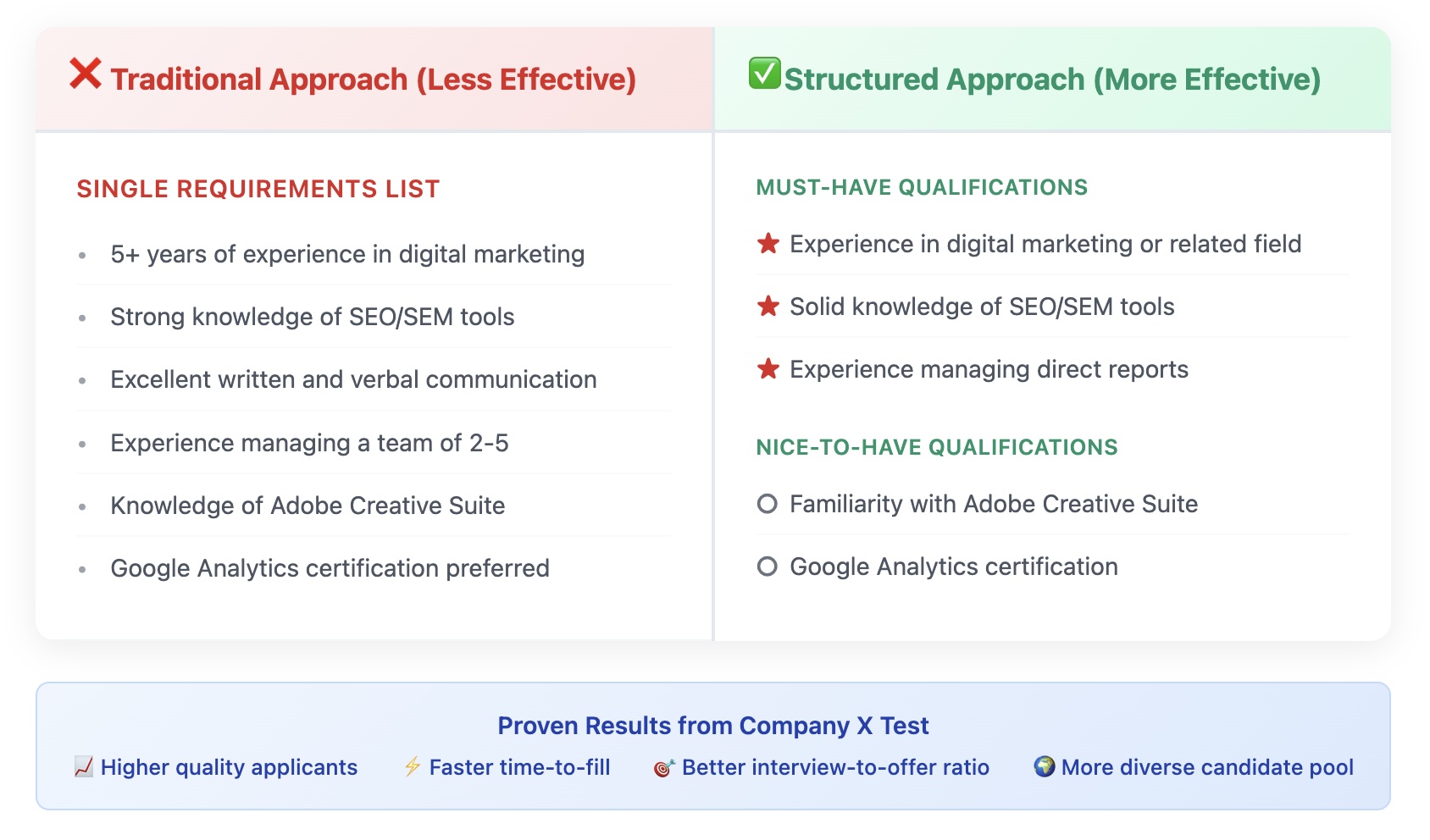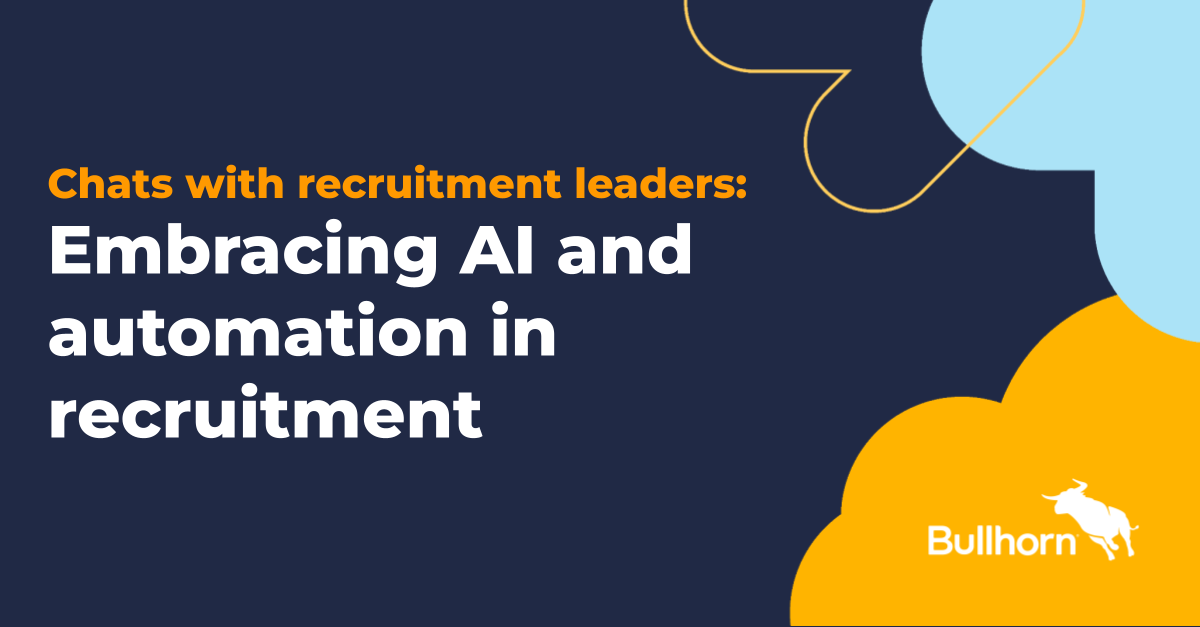Quick look: Open enrollment is a critical period for small- and medium-sized businesses (SMBs), when employees select their benefits for the upcoming year. For employers, it can be a complex and time-consuming process, fraught with paperwork, deadlines, and the need to ensure that all employees are well-informed and supported. In this guide, we’ll explore practical strategies to streamline open enrollment and how a PEO can help busy SMBs make the most of their benefit election cycle.
Open enrollment is a designated period each year when employees can review, adjust, or select their benefits, including health insurance, retirement plans, and other perks their employer offers. With approximately 155 million Americans relying on employer-sponsored health insurance, this window is crucial because the choices made during open enrollment will impact employees’ coverage and financial well-being for the upcoming year.
For employers, open enrollment is equally significant—it’s a time to communicate benefit options, ensure compliance with regulations, and support employees in making informed decisions. However, without a streamlined process, open enrollment can become stressful and chaotic for everyone involved.
In this blog, we’ll dive into the key aspects of open enrollment, why it’s important to companies and their staff, and three tips to improve and simplify the experience.
What is open enrollment?
Open enrollment is an annual period in which employees can enroll in, change, or cancel insurance plans for themselves and their families for the upcoming year. This timeframe usually occurs during the fall and is limited to a few weeks.
Typically, employees may only change their benefit elections during open enrollment unless they experience a mid-year qualifying life event (QLE), such as losing existing coverage, getting married or divorced, having a baby or adopting a child, etc.
Why is open enrollment important?
Open enrollment is a critical time for businesses and employees alike. For employers, it’s an opportunity to educate staff on their available benefit plans, which can increase benefit literacy, utilization rates, and return on investment. Additionally, organizations can offer more personalized benefits packages during open enrollment, fostering employee well-being, helping workers better understand their total compensation, and aiding in talent attraction and retention.
For staff, open enrollment is the best time of year to review benefit utilization habits and enroll in the coverage that makes the most sense for the upcoming year. It’s also a chance to learn more about how to take advantage of everything their employer offers.
3 open enrollment strategies to drive success
Ideally, open enrollment results in employees becoming more engaged, more confident in their benefits elections, and more loyal to their employers. However, these positive outcomes don’t just happen automatically; to experience open enrollment success, organizations must adhere to best practices. The following tips can help businesses experience an effective open enrollment season:
1. Develop an open enrollment strategy
A straightforward strategy should back any substantial business initiative, including open enrollment. Having a plan in place helps employers remain on track and organized. When creating your open enrollment strategy, there are a few main questions to ask:
- Do you have a specific goal for open enrollment? For example, you could aim to increase plan participation or improve employee engagement.
- How will you achieve that goal? Determine what is required to achieve your goal and work backward to develop a project roadmap for how you will get there. Make sure you know what tasks need to be completed to make it to the finish line.
- Do you have support from senior leadership? No companywide strategy can succeed without support from the top, and senior leadership should be involved when developing and executing the open enrollment strategy. Their buy-in will demonstrate an organizational commitment to the strategic direction.
- Is your benefits package robust and competitive? In addition to core benefits like health insurance and a 401(K) retirement plan, do you offer highly sought-after voluntary benefits like student loan repayment, pet insurance, and family-forming support?
- Is your technology up to date? Do you have a seamless, mobile-friendly way for employees to enroll in and review their benefit elections?
Open enrollment strategies can drive lucrative results but take time and resources to develop. Some organizations may need to create or revisit their plan but are stretched thin. In this case, offloading the project to the benefits experts at a professional employer organization (PEO) may be worth it.
2. Clearly and consistently communicate
Effective communication is at the center of a productive open enrollment period. During this time, employers should regularly communicate all benefit information to staff and promptly address any questions.
Providing necessary details, including important dates and upcoming changes, should be among the first communications sent to employees, and frequent reminders should be sent afterward. Business leaders should develop a comprehensive open enrollment communication plan that includes targeted distribution dates and deadlines and considers the following:
Audience
It’s vital to remember that open enrollment doesn’t just affect employees but their family members as well. Be sure to keep this in mind when producing communications.
Messaging
How do you plan on notifying staff of significant information? Will certain employee segments require different communications depending on plan changes or updates? How will messages be sent (via email, posted on a company intranet, or shared in collaboration tools like Microsoft Teams)? It’s also essential to update your business’s employee handbook as needed.
Regarding messaging cadence, consider sending several shorter messages instead of one or two lengthy ones that may overwhelm workers. Explaining plan details in layperson’s terms can also improve comprehension.
Upcoming changes
Imminent plan changes may cause concern for some employees, and business leaders must fully understand these changes to explain them and minimize employees’ stress. Business leaders should explain to staff:
- What benefits they used to have
- What they are gaining
- What they are losing
- Any pertinent action items
Corporate objectives
As discussed in tip #1, your organization may have goals related to open enrollment. If so, be sure to prioritize those when developing messaging. For example, suppose your company wants to increase participation in a particular program. In that case, your communication plan should include correspondence about that program’s features, and you should determine the best way to track success.
3. Emphasize education
Ensuring that employees can make the elections right for them and their families should be a goal for all employers, and educating staff on their benefit options is a must.
Aflac’s 2023-2024 WorkForces Report found that just 48% of employees understand their health care costs “well,” while nearly 80% of employers think they do. Additionally, a recent National Association of Insurance Commissioners (NAIC) survey revealed that only about one-quarter of Gen Z—who are quickly becoming a major workforce segment—understand the terms “deductible” and “copay.”
To combat this knowledge gap, employers should hold an informational enrollment meeting to discuss available benefit options. Workers will likely have questions, especially if there are any plan changes, additions, or reductions, so it’s wise to include extra time at the end of the meeting for a question-and-answer session. A member of the human resources (HR) team or your PEO’s benefits experts should offer those who have additional questions or would like to discuss their needs privately an opportunity to meet one-on-one.
Many workers don’t understand their benefits, and this is where providing plan comparisons can make an impact. To create these comparisons, HR leaders should first examine their employee demographic data, using a tool like ExtensisHR’s DEI Dashboard to determine the most prevalent groups. Next, they should compile the benefits offerings that make the most sense for each demographic based on utilization and cost-effectiveness. Demonstrating plan options in a personalized way can help staff select the plans best suited for their needs.
PEO: Your partner for all things benefits
Open enrollment season is a chance to boost employee engagement and plan participation, and a PEO can help every step of the way.
PEOs, like ExtensisHR, do more than provide open enrollment tips; they specialize in assisting SMBs with various benefits administration and management services, including:
- Benefits planning, servicing, and consulting (including benefits communications)
- COBRA compliance and administration
- Full ERISA compliance and fiduciary services
- ACA compliance
- And more
In addition to providing access to Fortune 500-level benefit packages designed for today’s multigenerational workforce, some PEOs offer technology to simplify the open enrollment process. For instance, ExtensisHR’s DEI Dashboard helps businesses understand which plans may be most fitting for their key demographics, and its Work Anywhere® platform empowers employees to manage and enroll in benefits directly from their devices.
Further, ExtensisHR strives to increase employees’ understanding of benefits. Our Employee Solution Center is staffed with professionals available to discuss plan features, qualifying life events, the benefit election process (and more) with your staff.
Need a helping hand in optimizing your organization’s open enrollment season? Contact the experts at ExtensisHR today.











